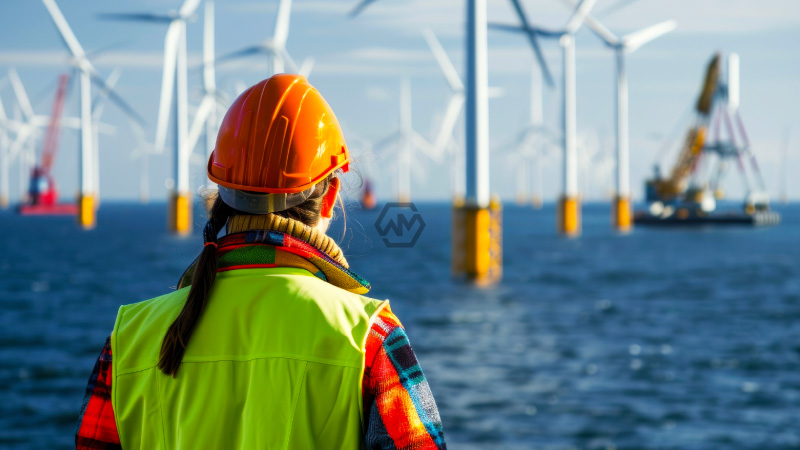- Canada aims to attract $1 trillion in renewable energy investments by 2040, focusing on offshore wind development.
- Federal Bill C-49 creates a joint management framework with Newfoundland and Labrador to accelerate offshore energy projects.
- Crude oil futures rally as OPEC+ offsets supply disruptions from Canada, pushing prices toward key resistance levels.
Canada is positioning itself as a global leader in renewable energy by leveraging its vast offshore wind resources and skilled workforce. The federal government’s new Bill C-49, passed in October 2024, establishes a joint regulatory framework with Newfoundland and Labrador, easing development processes for offshore wind projects.
Meanwhile, the oil market is witnessing a rally in crude futures, fueled by OPEC+ plans to compensate for supply disruptions in Canada. Prices have surged past the 50-day moving average, with traders targeting higher resistance points that could push crude toward a long-term moving average.
Canada’s Energy Future: Balancing Offshore Wind Growth and Oil Market Dynamics
Canada’s government, in partnership with Newfoundland and Labrador, is advancing legislation to foster offshore renewable energy development. Bill C-49 introduces a collaborative management framework designed to streamline regulatory processes and attract investment. This legislative effort underscores Canada’s commitment to expanding its clean energy sector while supporting local economies.
The province of Newfoundland and Labrador, rich in offshore energy resources, stands to benefit significantly from this regulatory modernization. Officials stress that the new law will not only facilitate renewable projects but also update offshore oil and gas provisions to reflect current industry needs. This dual approach aims to ensure sustainable energy development without sidelining existing industries.
On the oil front, crude futures are reacting to global supply shifts as OPEC+ plans mitigate Canadian disruptions. Prices recently broke above key technical levels, signaling positive momentum among traders. These market movements reflect ongoing volatility as energy markets adjust to geopolitical and production changes worldwide.
Canada’s ambition to become an energy superpower involves balancing traditional oil production with aggressive investment in renewables. This transition is crucial to diversifying export markets, creating jobs, and meeting climate commitments, positioning the country for a resilient and sustainable energy future.
Canada’s integrated approach to energy development, combining offshore wind expansion with strategic oil market management, sets a powerful example of balancing growth and sustainability in a shifting global landscape.
“This powerful legislation will boost the already-strong role Newfoundland and Labrador plays in Canadian energy and deliver on our promise of harnessing the power of clean energy.” — Tim Hodgson, Minister of Energy and Natural Resources



